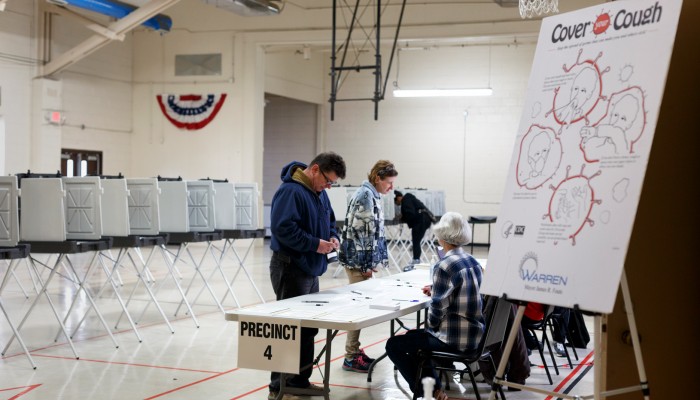This is part of the Brennan Center’s response to the coronavirus.
This document benefited from the input of multiple election officials and voting rights experts and may be updated to account for new developments and comments.
The coronavirus disease 2019 (Covid-19) presents a difficult and novel challenge to the administration of the 2020 general election. Recent election emergencies have largely been caused by catastrophic weather events, and our country has done little election planning for pandemics. Unlike a hurricane, a pandemic does not have a discrete and relatively predictable end point. And avoiding large-scale social contact is a central feature of combating the crisis. These elements create distinct challenges for election officials on top of the significant and ongoing threats to the security of our election infrastructure.
Given the scope of the challenge, large-scale preparation, backed by the concerted support of the government and the public, is needed immediately to ensure that the 2020 election is free, fair, accessible, and secure. We will need substantial modifications to our election procedures, substantial flexibility, and a substantial infusion of resources to ensure that every eligible American can register and vote safely, securely, accessibly, and as conveniently as possible; to ensure that every ballot cast by an eligible voter counts; to maintain the security of the election; and to ensure the safety of election workers. Below we outline the critical changes needed to ensure the election works.
The key recommendations fall into five categories: (1) polling place modification and preparation; (2) expanded early voting; (3) a universal vote-by-mail option; (4) voter registration modification and preparation, including expanded online registration; and (5) voter education and manipulation prevention. We recommend that each state government establish an election pandemic task force to determine how best to implement relevant policy recommendations in their state. State and local officials must understand the laws and emergency rules applicable to their jurisdictions and consider appropriate adjustments to ensure that election officials have the authority needed to accomplish these modifications. For its part, Congress should immediately appropriate funds to ensure that election officials have the resources needed to make the needed adjustments to their voting systems. Congress should also establish baseline national rules to ensure that every eligible American can vote safely, securely, and accessibly in the midst of the pandemic. In the absence of Section 5 of the Voting Rights Act, care must be taken to ensure that changes are nondiscriminatory and do not negatively impact access for communities of color.




